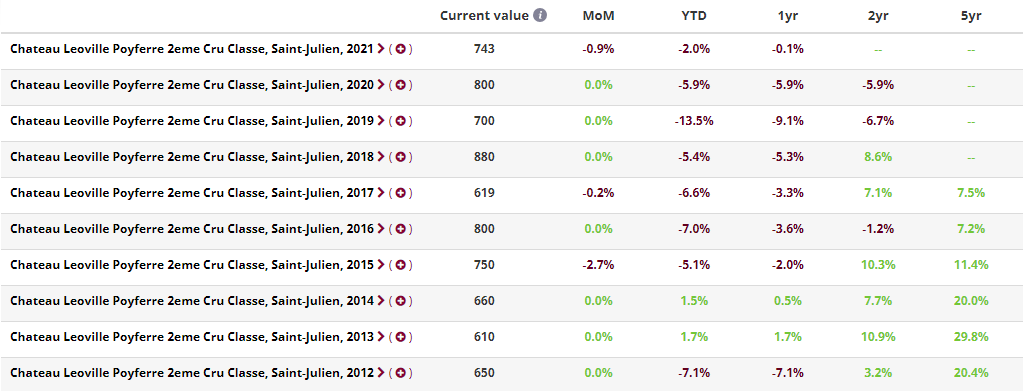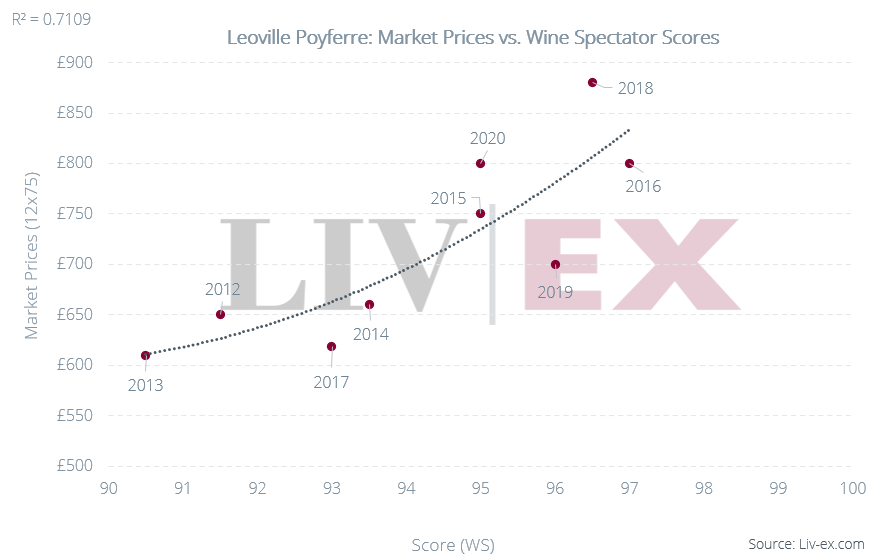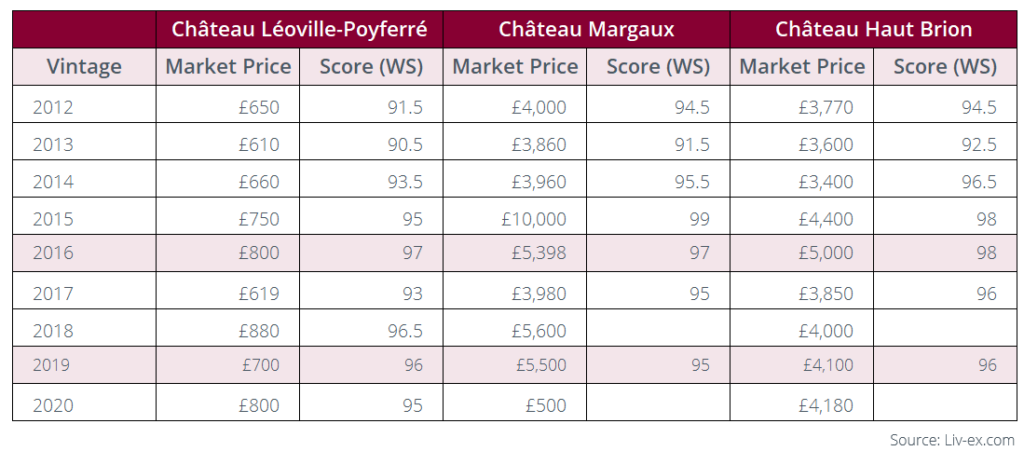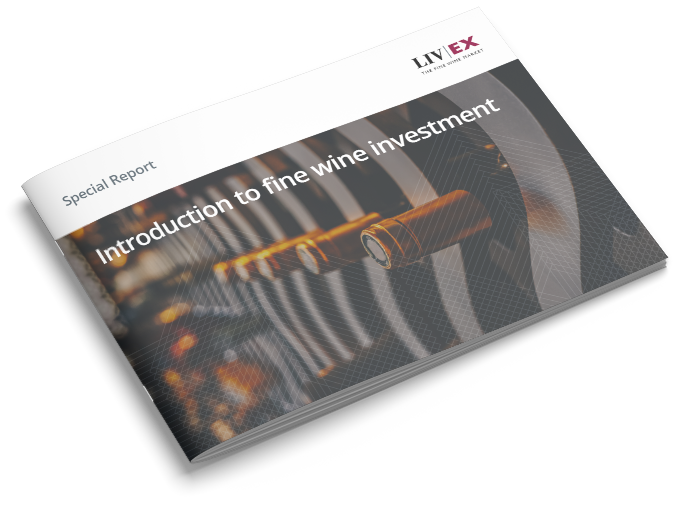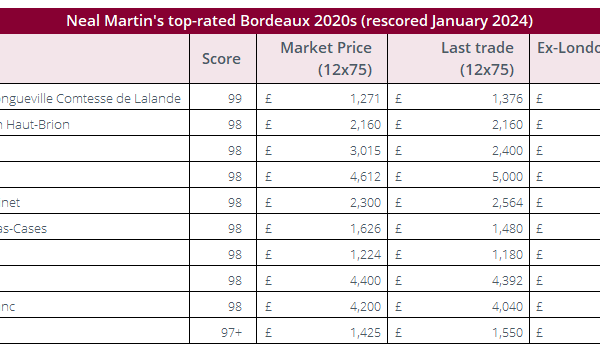What’s happening in the market?
Trade from Friday through to Tuesday was largely dominated by Bordeaux, which represented 39.3% of total trade with wines from Château Lafite Rothschild, Château Latour and Château Margaux changing hands.
However, it is Château de Beaucastel Rouge, Châteauneuf-du-Pape 2021 which led rankings in terms of volume traded since Friday, boosting the Rhône’s share to 6.1% of total regional trade. Wines from E. Guigal and Domaine du Pegau have also recently traded.
Tuscany saw an increase in trade since Friday, when it ended the week with 7.2% of the total. The region currently holds 12.7% of the market, with Argiano, Brunello di Montalcino 2018 still a popular choice among buyers and several vintages of Masseto changing hands.
Today’s deep-dive: Château Léoville-Poyferré’s secondary market performance
Château Léoville Poyferré is known for delivering quality at reasonable prices compared to its First Growth counterparts; as such, it has enjoyed sustained trade on the secondary market in 2023. It was the fifth most traded Bordeaux wine by volume and number of trades in November and stood 16th in terms of overall trade value.
Year-to-date, it holds the 12th spot for the number of Bordeaux trades and came in 14th in terms of volume traded. By value, Léoville-Poyferré came in 29th; the lower ranking can be attributed to its more affordable price in contrast to wines such as Lafite and Pétrus that command higher prices.
Looking at the individual vintage performance below, the 2013 and 2014 vintages are the only ones that have remained flat year-to-date and to have recorded a positive 1-year, 2-year and 5-year performance, possibly due to their lower Market Prices in comparison to other vintages.
However, these ‘off’ vintages haven’t been the most popular this year. Instead, the critically-acclaimed 2018, 2019, 2010 and 2009 vintages have dominated both in terms of trade volume and value.
Interestingly, among the popular vintages, only the 2019 falls below the Fair Value line when comparing Léoville Poyferré Market Prices to Wine Spectator Scores (which correlates at 71.1%). However, the 2013 and 2014 vintages (the best performers as mentioned earlier) are both considered fair value, falling on or below the line.
When comparing Château Léoville-Poyferré’s Wine Spectator’s scores to those of First Growths Château Margaux (whose Market Prices are 90% correlated with Wine Spectator scores) and Château Haut Brion (63% correlation with Wine Spectator scores), opportunities become evident, particularly in the 2016 and 2019 vintages.
Both vintages of Château Léoville-Poyferré not only fall below the Fair Value line but also have scores equal to or higher than their First Growth counterparts’, as well as a significantly lower Market Price.
There are currently 71 LIVE bids and offers on Château Léoville-Poyferré. Log in to the exchange to view them and trade. Additionally, you can use the new ‘Save to List Studio’ function to add these wines to a custom list (e.g. a ‘wish list’ or ‘watch list’) which you can return to at any time.
In case you missed it:
Here’s what we’ve been reading:
- Liv-ex: Safety in numbers
- Decanter: Top-traded fine wines on Liv-ex in ‘challenging’ 2023
- Reuters: Big UK inflation drop bolsters bets on Bank of England cuts next year
Liv-ex analysis is drawn from the world’s most comprehensive database of fine wine prices. The data reflects the real time activity of Liv-ex’s 620+ merchant members from across the globe. Together they represent the largest pool of liquidity in the world – currently £100m of bids and offers across 20,000 wines.


